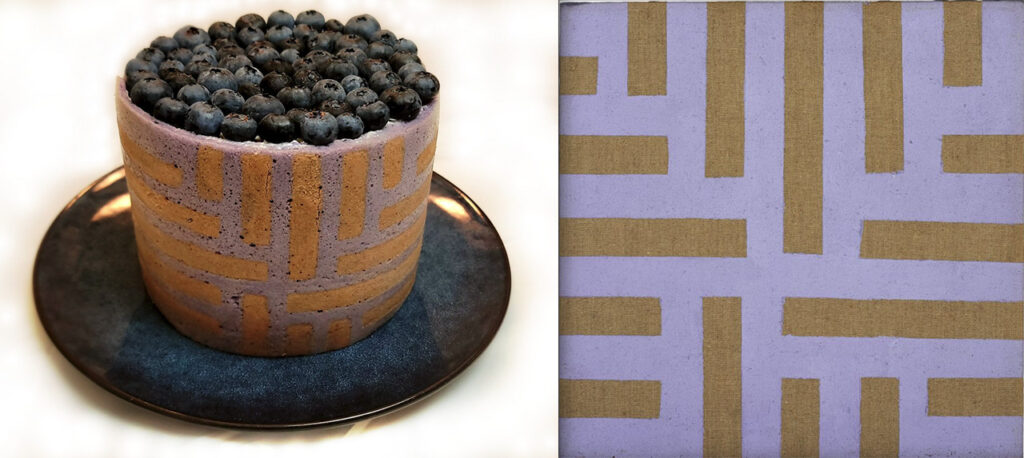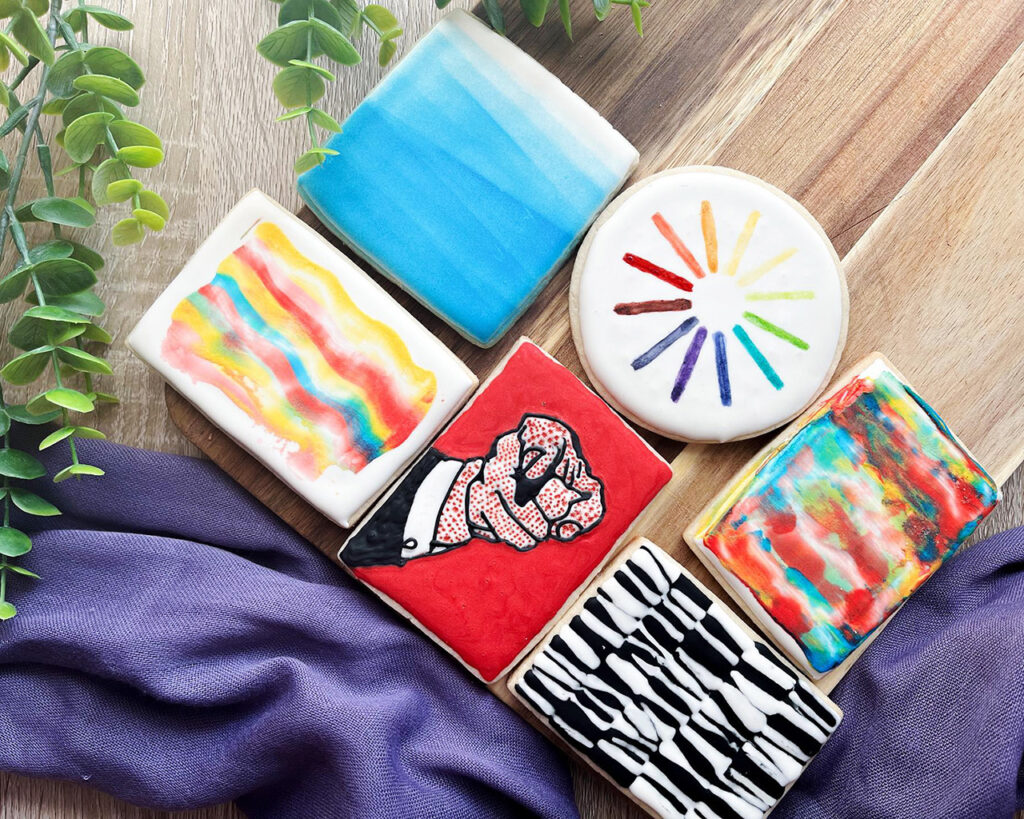Amid the great lockdown of 2020, cultural institutions flocked onto the virtual plane, gathering on digital and social media platforms to ensure even the remotest of audiences could get their dose of #MuseumFromHome. For the Blanton Museum of Art, that meant forefronting its online resources, hosting curator conversations on YouTube, and, in its most effective venture, sending its followers baking.
In April 2020, the Austin, Texas institution launched its #BlantonBakeOff contest with a brief that invited audiences to create baked goods based on works of art in the Blanton’s collection. Entries were then put to a vote on Instagram Stories to pick the winning confections. Given the then-vogue for baking as a quarantine pastime (which gave rise to a flour shortage, no less), the museum’s competition is hardly the most surprising of campaigns — as Katie Bruton, the Blanton’s spokeswoman, adds, “The Bake-Off was an opportunity to connect with our community, since they couldn’t visit the museum and see art in person.”
What’s surprising, though, is how the competition has endured past lockdowns. Just recently, the Blanton concluded its third Bake-Off, where the winning entries included a reimagining of Mac Wells’ “Untitled, Meander Paintings, River” in blueberries, and a recreation of Luis Montiel’s untitled geometric tapestry in vibrantly dyed chocolate. The top-voted bakers were rewarded with membership to the museum and a gift card to local bakeries, Quack’s Bakery and La Patisserie.

One of the winning entries in the third Blanton Bake-Off is a Joconde Imprime Cake inspired by Mac Wells’ “Untitled, Meander Paintings, River” (right), and baked by two-time winner Blythe Johnson. Image: Blanton Museum of Art
Spearheaded by Lizabel Stella, the Blanton’s Social Media and Digital Content Manager, the #BlantonBakeOff is as much a baking contest as it is a clever demonstration of online activation, community engagement, and even therapeutic connection. Every year, the campaign is actively promoted across the museum’s website, and Facebook and Instagram accounts (with local and national media coverage fueling interest this year), assisted by input from past participants and community partners such as the abovementioned bakeries.
As well, the contest leverages social media tools such as polls that, besides facilitating the voting process, have had an impact on the Blanton’s following. “We see a spike in followers, particularly on Instagram, during the voting period,” Bruton tells Jing Culture & Commerce. “On Instagram, voting happens over Stories; impressions are in the thousands. And there is real engagement from participants re-sharing posts and stories with their followers and promoting the contest.”
This “real engagement” is what’s guaranteed the sustainability of #BlantonBakeOff. Conceptually, the contest has peers in lockdown challenges like #MetTwinning that tap into the creative impulses of the public, inviting them to contribute to a cultural organization’s digital footprint. And as evident in the response to these projects, audiences are eager and ready to participate — and more so in novel campaigns. “The community-wide support of the first Bake-Off showed us that people here are up for new, eccentric ideas,” says Bruton. “Austin is known for its ‘weirdness’ — hosting an online edible art contest wasn’t all that strange! It fit right in with the vibe of the city.”
And just as cultural institutions are increasingly offering meditative slants to art appreciation, as part of a broader awakening to mental wellness among museums, so too might the bake part of the Blanton Bake-Off be reflective, even curative, for bakers. “At the heart of it, the Bake-Off is about having fun and finding respite in baking, even during trying times,” notes Bruton. “Many participants have told us what a fun, rewarding experience it is.”

“The community-wide support of the first Bake-Off showed us that people here are up for new, eccentric ideas,” says Katie Bruton, the museum’s spokeswoman. Image: Cookies by Hannah Erwinn, inspired by various works in the Blanton’s collection / Blanton Museum of Art
Ultimately, the Bake-Off presents opportunities for entrants, as they bake in the image of art, to explore and mine the Blanton’s collection that numbers more than 21,000 works spanning Italian Renaissance art to modernist sculptures. “Very often, bakers choose artworks they discovered in the collection catalog and may not have seen in person,” says Bruton. She highlights a 2021 entry that recreated not an existing piece in the museum’s collection, but the upcoming Carmen Herrara mural, “Verde que te quiero verde,” which is only due for a 2023 unveiling.
“We’ve found that people that love art can really appreciate the complexity of the baking process. Year after year, the entries are inspired by works of art that span mediums, geographics, and time periods,” she adds. “It’s a different way to connect with the collection.”



